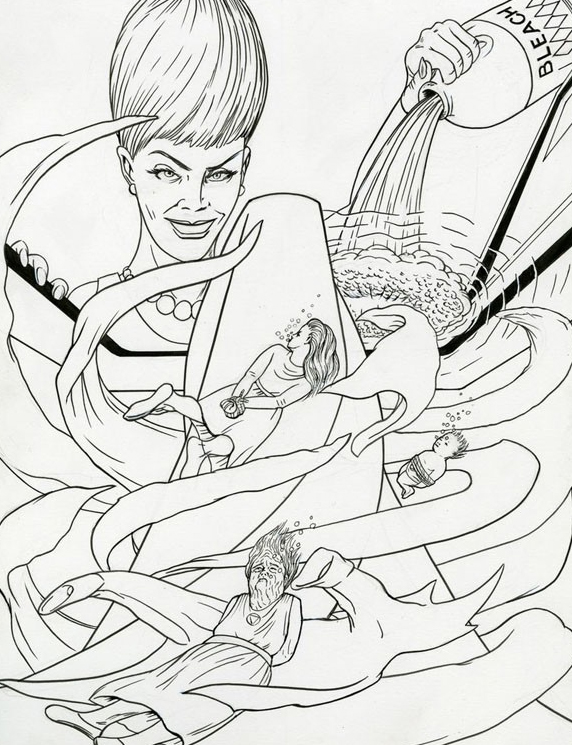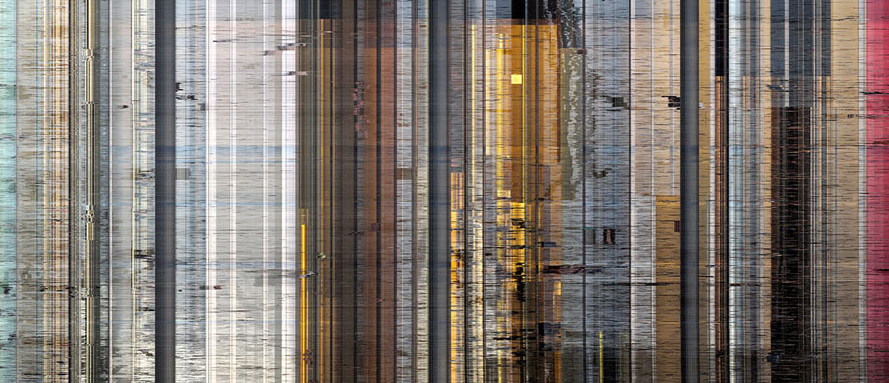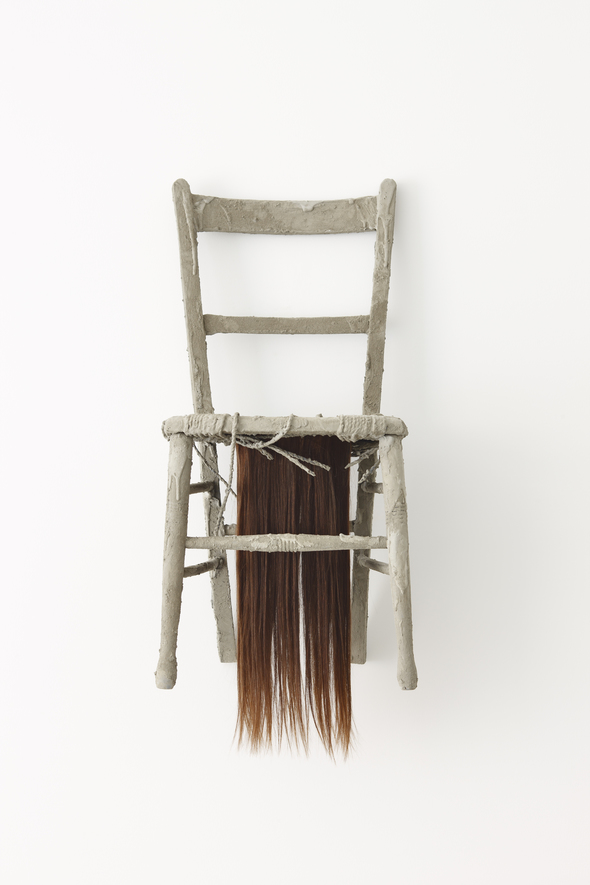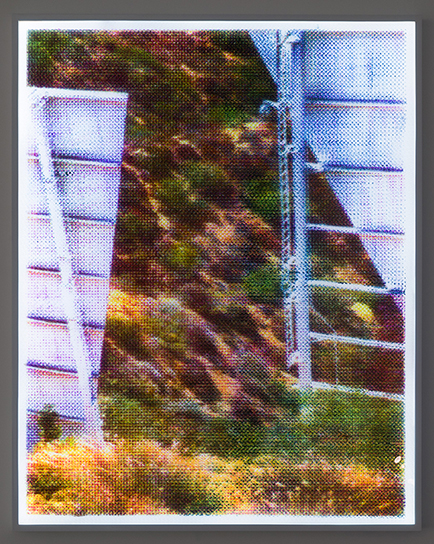Posted on
2013-12-16
Bringing together painting, sculpture and installation, Xhafa explores the effects of contemporary consumerism, examining the social, economic and political imbalances inherent in all capitalist societies. Using an ironic and subversive black humour that is intrinsic to his practice, the artist works to expose the limitations of material possessions, highlighting the futility of commercial desire when considered within a broader context of metaphysical and existential questions.
In Mother (2013), we are confronted by a tombstone, on top of which is attached a telephone receiver – an object that normally grants instant gratification to our need for connection. Yet by attempting to give the tombstone an interactive function, Xhafa exposes a type of connection that is unfulfillable: contact with the dead. In doing so, the work alludes to the perceived futility of religious ceremony, ironically subverting notions of afterlife and spiritual communication with those we have lost.
Woman with Red Skirt (2012) invokes the idea of artworks transforming into mere ‘objects’ in their own right, which can be continually recycled within a marketplace. Indeed, the colour red that is indicated by the title is physically absent. Instead, pastel greys and greens make up the hazy form of a woman, whose sensuality is undermined by the muted colours of mould and decay. This incongruity between title and product is a play upon expectation and pre-conceived ideas on painting itself. It is left up to the viewer to decide whether the absence of red is part of the artist’s subjective representation, or whether both the canvas and painted fabric are deliberately presented in a state of gradual decomposition, implying the process whereby a precious object is eroded by the effects of consumerist exchange.
Xhafa once described how ‘reality is stronger than art. As an artist I do not want to reflect a reality, but I do want to question it.’ asymmetric désir represents the artist’s continued ambition to lay bare the realities of psychological and political exploitations that are rife throughout contemporary society.
Exhibition runs through to January 25th, 2014
Blain/Southern
4 Hanover Square
London
W1S 1BP
www.blainsouthern.com





